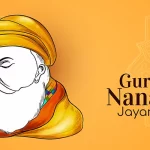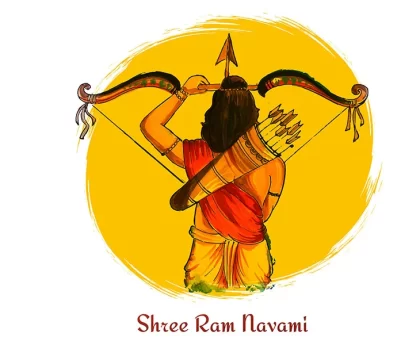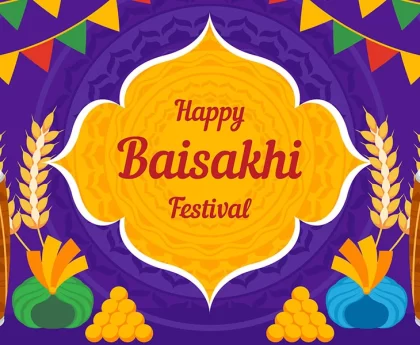Christmas is a widely celebrated holiday observed on December 25th each year, marking the birth of Jesus Christ in Christian tradition. Over time, it has evolved into a global cultural event with both religious and secular elements, including various traditions, customs, and festivities. Here’s an overview of its origin, history, traditions, and interesting facts:
Origin and History of
- Christian: Christmas is primarily a Christian holiday that commemorates the birth of Jesus Christ, believed to be the Son of God and the savior of humanity. The date of December 25th was chosen in the 4th century by the Roman Emperor Constantine, though the exact birth date of Jesus is not recorded in the Bible.
- Early Celebrations: Early Christians did not initially celebrate Jesus’ birth. The celebration began to take shape in Rome around the 4th century, likely influenced by existing pagan festivals, including the Roman festival of Saturnalia, which involved feasting, gift-giving, and merrymaking. The Church chose December 25th to coincide with these existing winter celebrations.
- Spread Across the World: Christmas traditions spread to other parts of the world over time, particularly through European influence, colonization, and missionary work. By the 19th century, Christmas began to take on a more secular and commercial nature, especially in Western countries.
Traditions
- Christmas Tree:
- Origin: The tradition of the Christmas tree is often traced to 16th-century Germany. People would bring evergreen trees into their homes, symbolizing eternal life and the triumph of light over darkness.
- Modern Custom: Today, the Christmas tree is decorated with lights, ornaments, and a star or angel at the top, representing the Star of Bethlehem or the angel that announced Jesus’ birth.
- Gift-Giving:
- Origin: The custom of giving gifts at Christmas reflects the gifts that the Wise Men gave to the newborn Jesus (gold, frankincense, and myrrh). Over time, it has become a central feature of the holiday.
- Modern Practice: People exchange presents with family and friends as a symbol of love, generosity, and goodwill.
- Santa Claus:
- Origin: Santa Claus is based on St. Nicholas, a 4th-century bishop from Myra (modern-day Turkey) who was known for his generosity, particularly towards children and the poor. The modern image of Santa, with his red suit, white beard, and sleigh, was popularized in the United States in the 19th century, especially through the work of Clement Clarke Moore’s poem “A Visit from St. Nicholas” (1823) and Coca-Cola’s marketing campaigns.
- Modern Custom: Santa Claus is said to deliver gifts to children on Christmas Eve, and children often leave milk and cookies for him in hopes of receiving presents.
- Caroling:
- Origin: The tradition of Christmas carols dates back to medieval times. Carols were originally festive songs sung to celebrate the season, but the religious carol genre grew in prominence after the 14th century, particularly to celebrate the birth of Jesus.
- Modern Custom: Today, carolers often go door-to-door singing holiday songs, spreading festive cheer.
- Dinner:
- Origin: Christmas feasts have been part of the celebration for centuries. In medieval Europe, large feasts were held to mark the occasion, with a focus on foods that were seasonal or special.
- Modern Custom: Christmas dinner varies by region but often includes a large meal with turkey, ham, or roast beef, along with side dishes like potatoes, vegetables, and gravy. Desserts such as Christmas pudding, pie, and cookies are also common.
- Nativity Scenes:
- Origin: Nativity scenes, depicting the birth of Jesus in a manger, are a traditional part of Christmas celebrations. The first nativity scene was created by St. Francis of Assisi in 1223 to help people better understand the story of Christ’s birth.
- Modern Custom: Nativity scenes are displayed in homes, churches, and public spaces around the world as a reminder of the religious significance of Christmas.
Interesting Facts
- Cards: The first commercial card was created in 1843 by John Calcott Horsley in England. It featured a festive scene with the words “A Merry Christmas and a Happy New Year to You.”
- The Twelve Days: The song “The Twelve Days of Christmas” refers to the period starting on Christmas Day and lasting until Epiphany on January 6th, which celebrates the arrival of the Magi (Wise Men) to see the newborn Jesus.
- Boxing Day: Celebrated on December 26th in some countries like the UK, Canada, and Australia, Boxing Day is traditionally a time for giving gifts to the poor and for retailers to offer post-Christmas sales.
- Around the World: Christmas customs vary widely by country. For example, in Italy, children wait for La Befana (a kind witch) on January 6th to bring gifts, while in the Philippines, the “Simbang Gabi” (Night Mass) is a major tradition leading up to Christmas Eve.
- Southern Hemisphere: Christmas falls during summer in the Southern Hemisphere, which means some countries like Australia and New Zealand celebrate Christmas with outdoor barbecues, beach outings, and sunbathing.
Conclusion
It is a rich and multifaceted holiday that blends religious, cultural, and secular traditions. While its core religious meaning centers on the birth of Jesus Christ, over the centuries, Christmas has become a global celebration marked by festive customs, gift-giving, and expressions of joy and goodwill. Whether celebrated with a solemn church service or a lively family gathering, Christmas continues to be one of the most widely observed holidays in the world.





